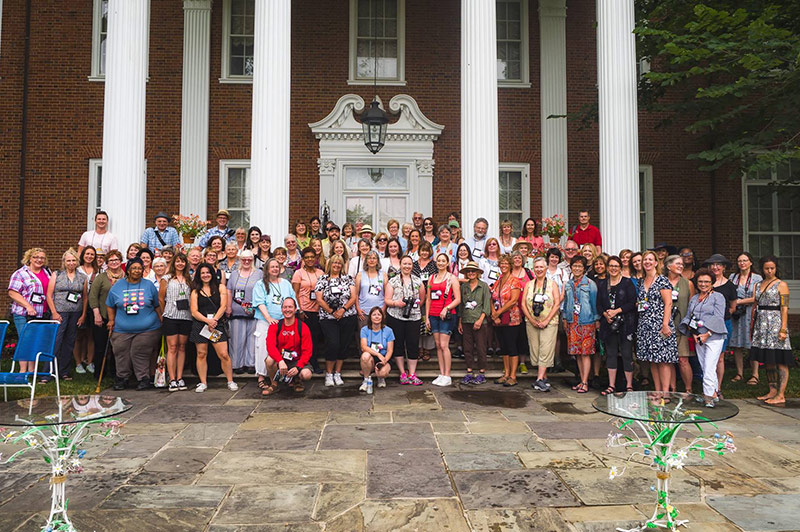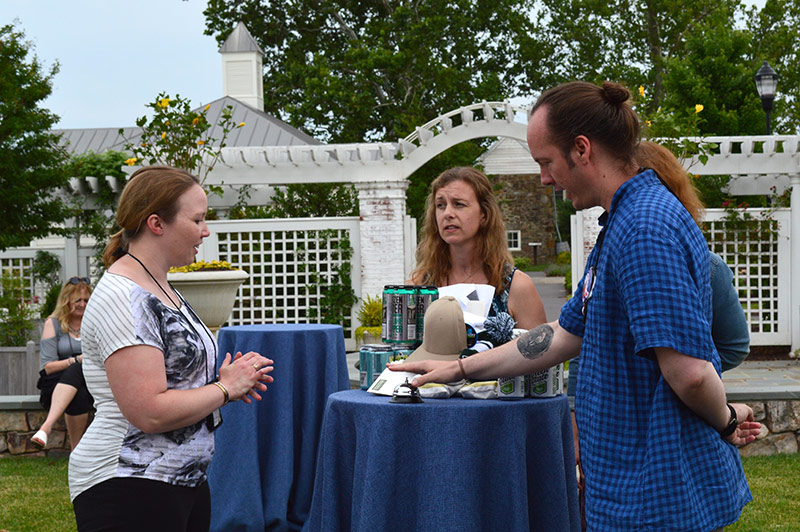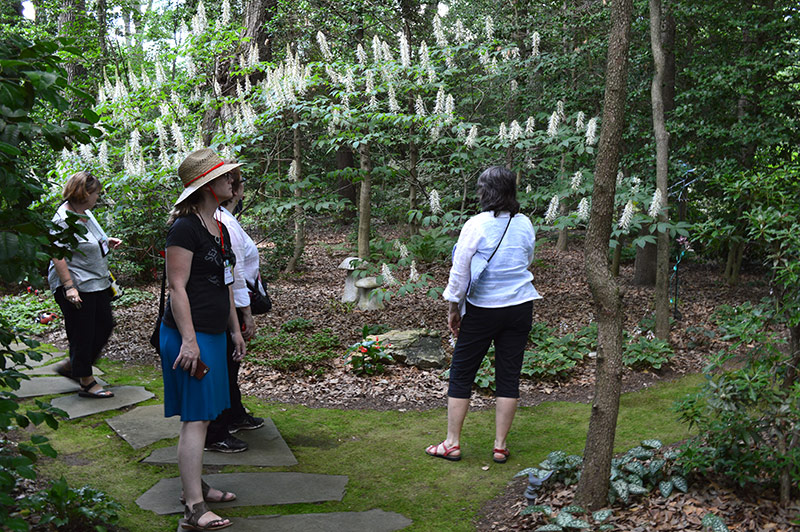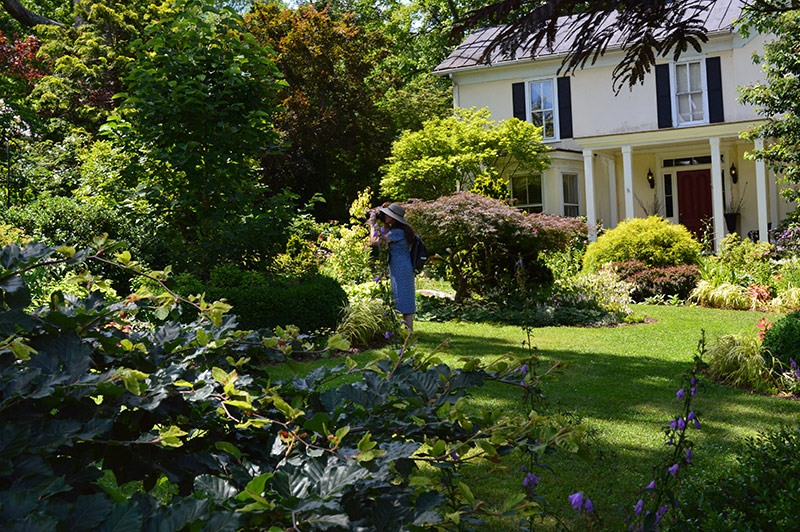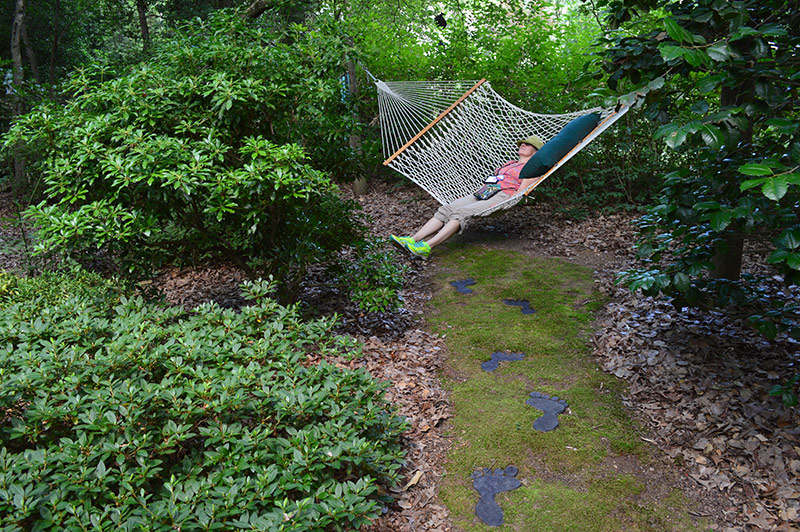Have you ever been an uber fan of a celebrity, such as a film star, author, or musician? You always get really excited when talking about she or he. Meeting the person brings a bit of anxiety because you really want to meet your celebrity, but what if the person isn’t as amazing as you’ve thought?
The Frederik Meijer Gardens had sent out a message via their Facebook Page that their corpse flower was getting ready to bloom. “Putricia,” as they call it, is an 18 year old Amorphophallus titanum being grown by the horticultural staff. I’ve read about this species of plant many times, but couldn’t believe I was getting the chance to meet it in person while it’s blooming! The bloom only lasts from 24 to 36 hours, so of course I spent my lunch break going to meet Putricia.
The “Other” Fans
So apparently I am not the only one who thinks huge, stinky flowers named after rotting meat are pretty rad. When I arrived at the FMG, the line to see Putricia was enormous. It snaked the perimeter of the lobby, down the hall, through the arid house, through the seasonal display, through the victorian house, and back out into the hall.


I finally reached the tropical conservatory, having stood in line long past my allotted lunch break. It was a bit frustrating because this time-sensitive event was happening, but the FMG did not extend its hours to accommodate it. I was committed though, so a quick text to my boss ensured I would still have a job when I returned to my computer. In total I stood in line for a little over 2 hours.
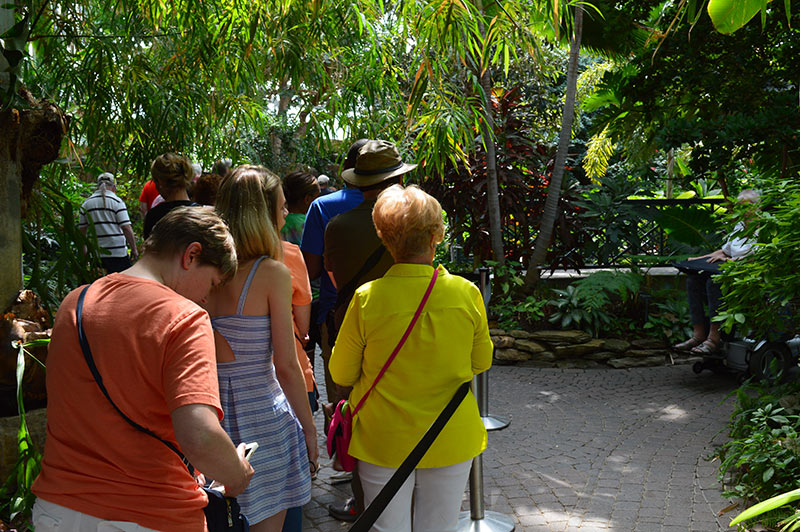
Putricia was stunning. I of course had my photo taken with her.
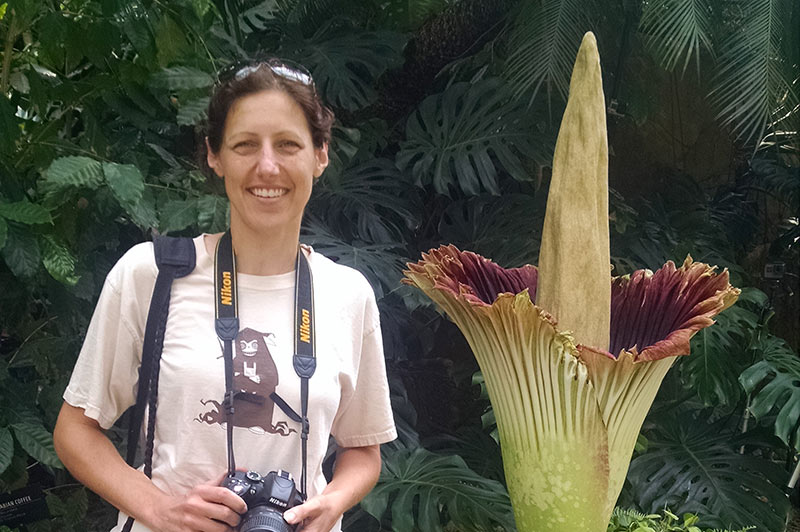
Being both a fan of Stranger Things and Little Shop of Horrors, I was wondering how long it would take for Putricia to begin eating the children.
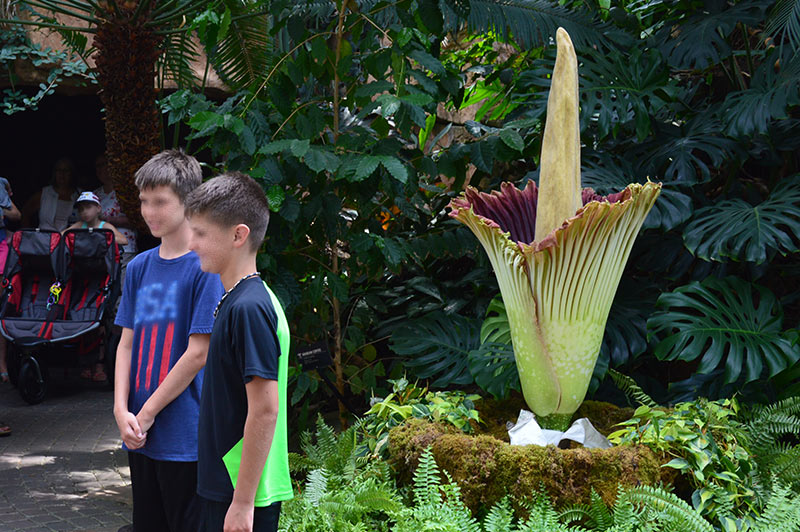
Amorphophallus titanum
The corpse flower, also called titan arum, is the “largest unbranched inflorescence (a cluster of flowers on a spike)”. In nature it can be found in the rainforests of western Sumatra, a large Indonesian island. The plant usually grows “up to 12 feet tall in its natural habitat and about six to eight feet tall in cultivation.”
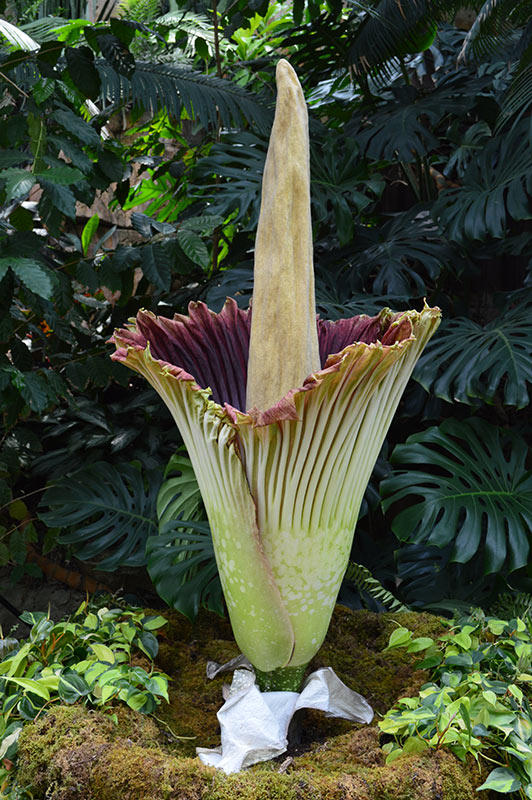
The Bits and Pieces
The frilled part of the corpse flower that appears to be a petal is actually a spathe, which is a modified leaf. The spathe is a creamy, pale green and mottled on the outside, but a crimson color on the inside. The spathe wraps around the spadix, which is the flower-bearing spike in the middle.
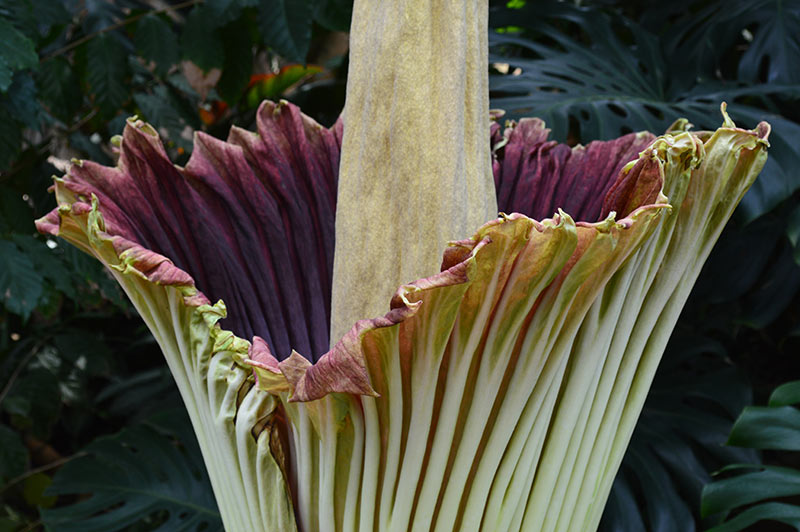
Near the base of the spadix, there is a ring of male flowers and female flowers. When ready for pollination, the spadix heats up and emits the infamously foul smell. This smell, along with the evening timed flowering, has led Wilbert Hetterscheid to believe the plant’s pollinators are carrion beetles.
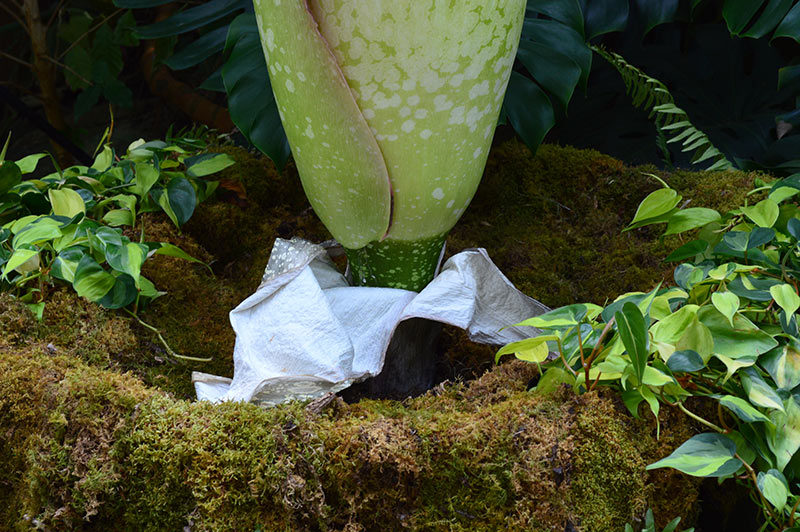
What Does the Corpse Flower Smell Like?
Putricia’s perfume was putrid. When I stood beside it for my photo, it was giving off a fairly strong odor of garbage left out in the sun. As I took more photos of the plant, I noticed a couple of flies buzzing around the spadix, that tall fleshy spike.
After leaving the conservatory, visitors were encouraged to write down what they were reminded of when encountering the corpse flower’s scent. Some of the answers were quite funny such as “my hopes and dreams,” but many mentioned rotten cabbage or eggs, garbage, or some form of dead animal.
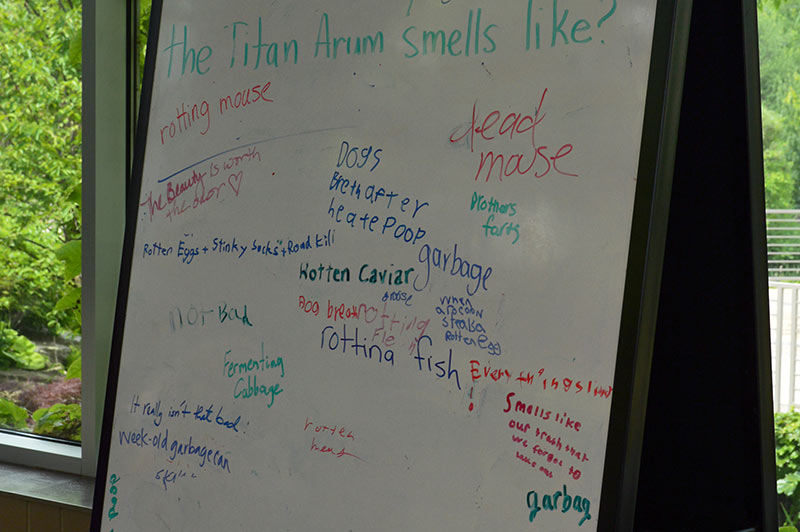
When Will the Corpse Flower Re-bloom
In an interview with the Detroit News, Steve LaWarre (Director of Horticulture) said we won’t have to wait another 18 years for the next bloom. Since Putricia is grown and has bloomed, a re-bloom may only take 3-5 years. That’s no time at all!
Resources
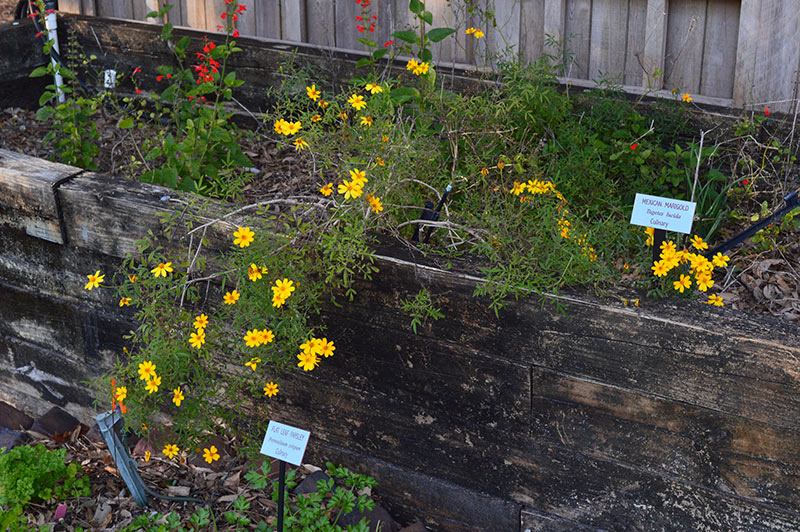
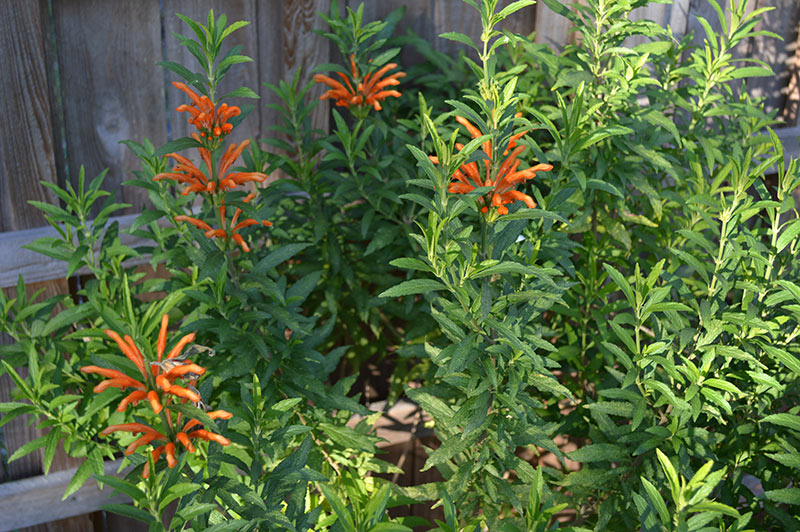
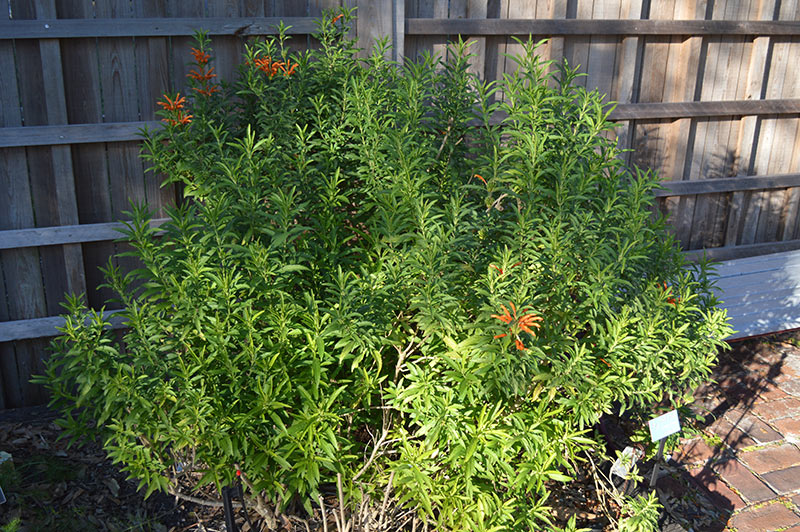
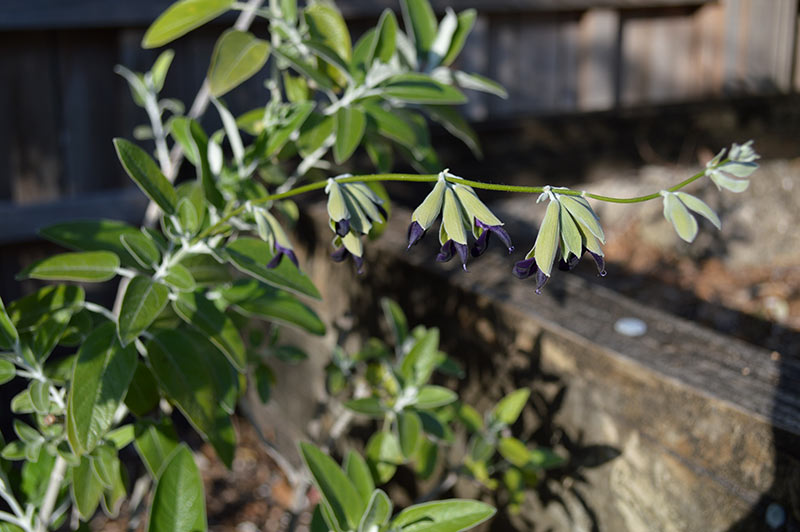
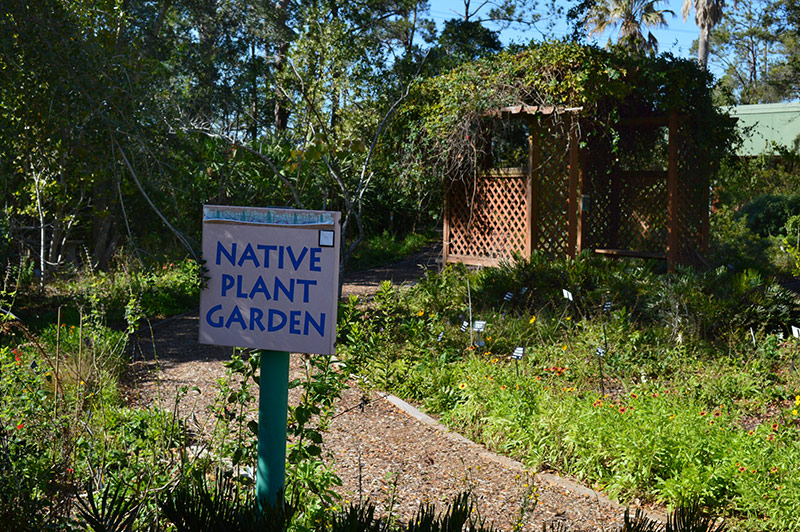
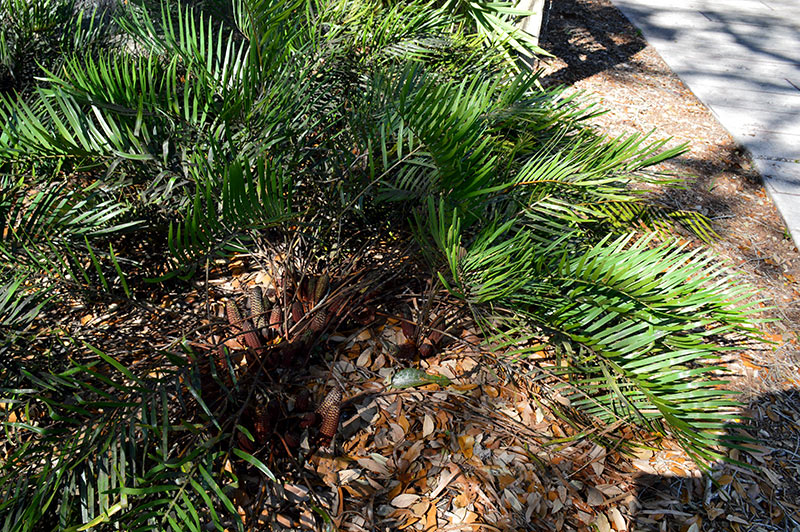
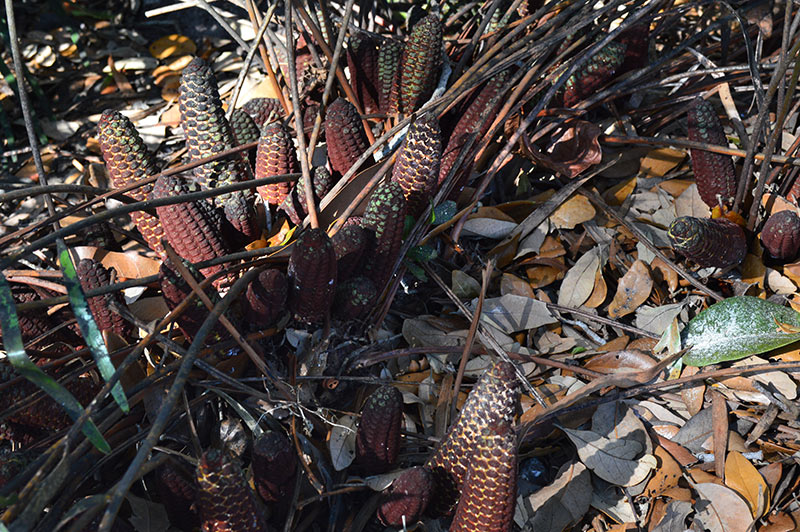
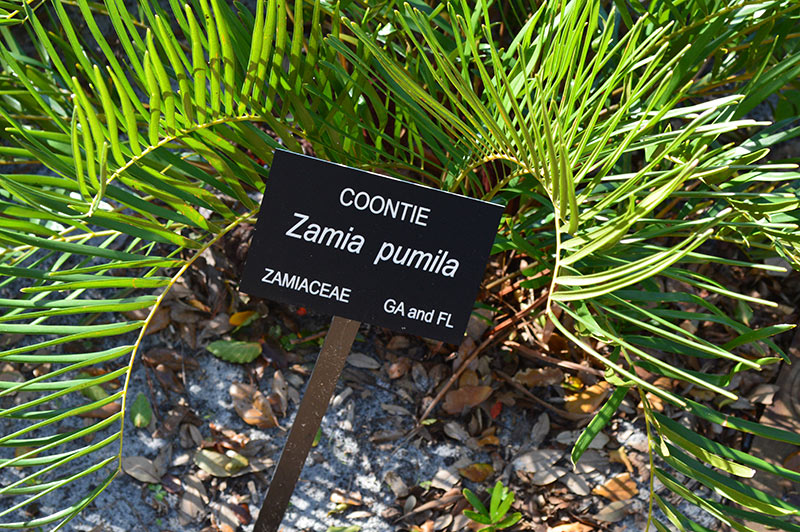
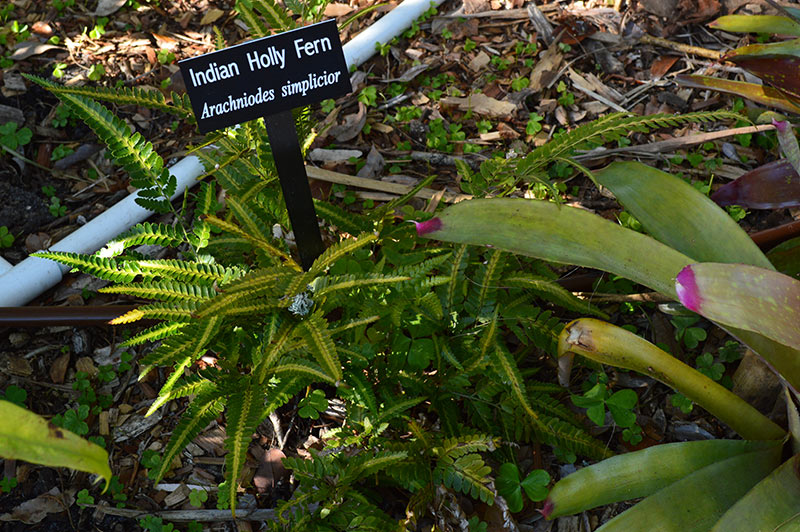
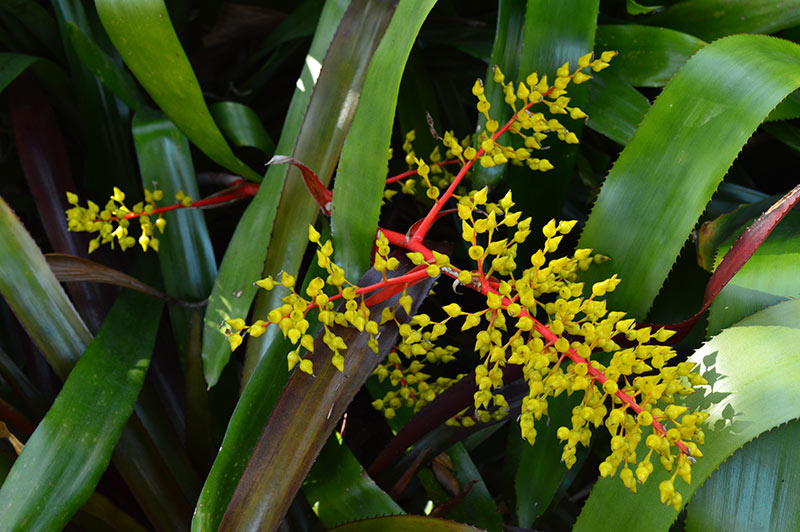
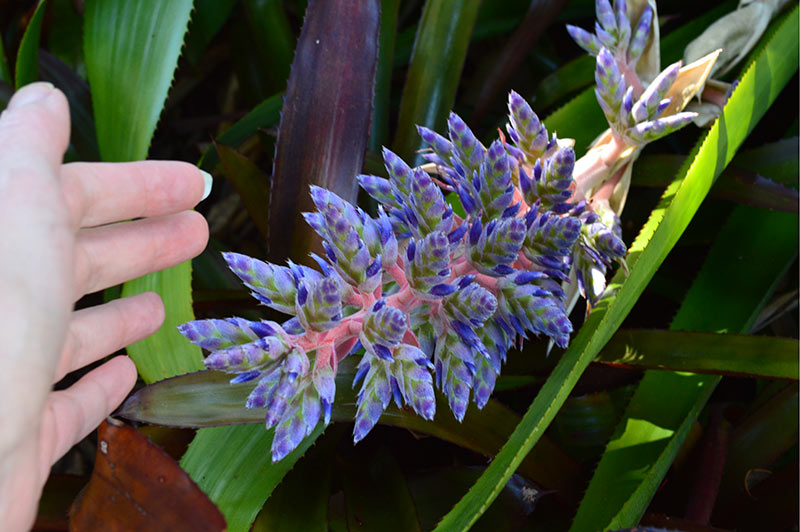
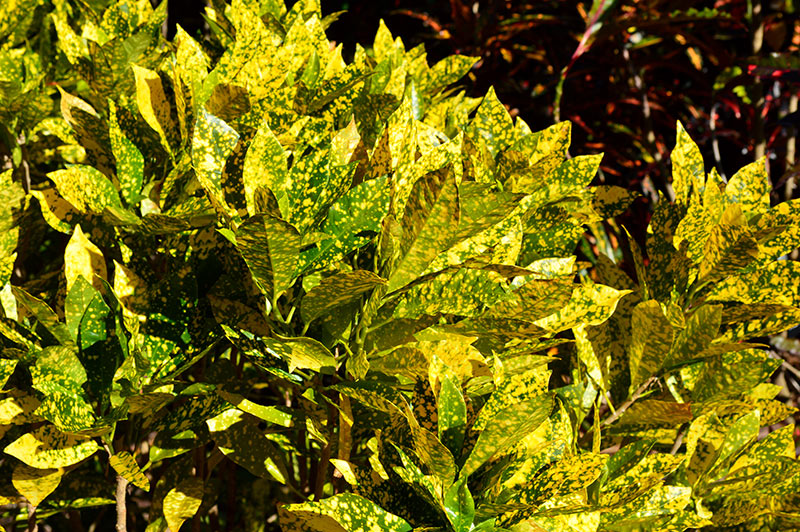
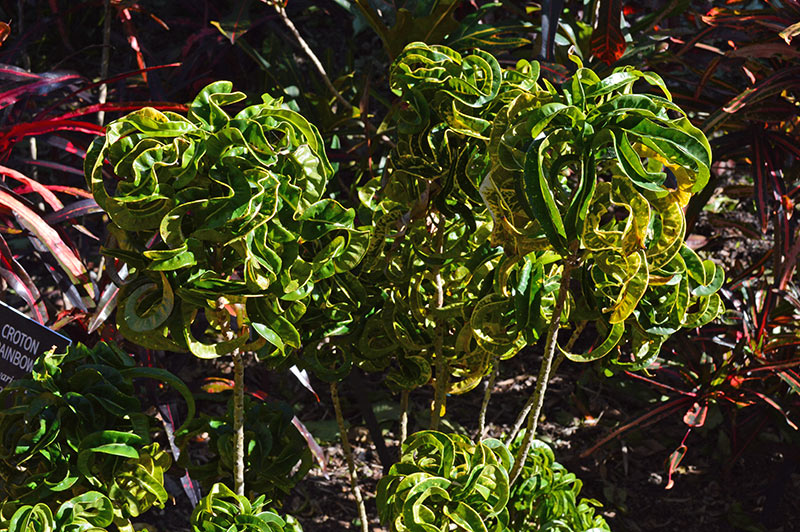
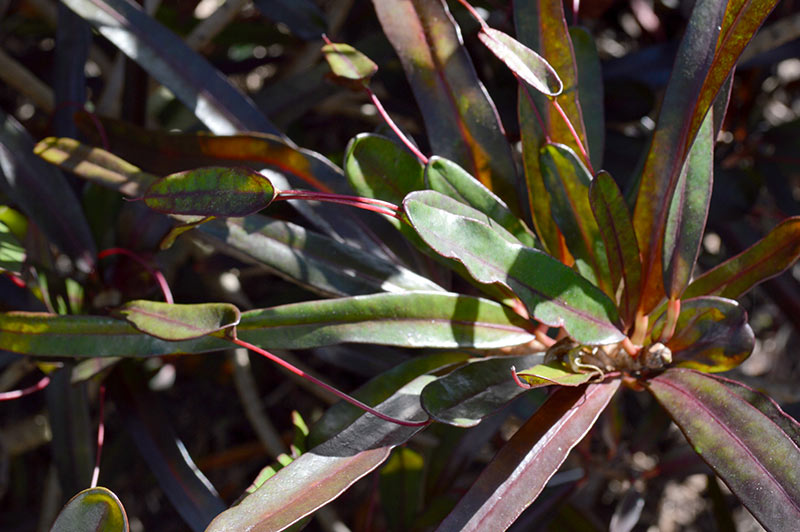
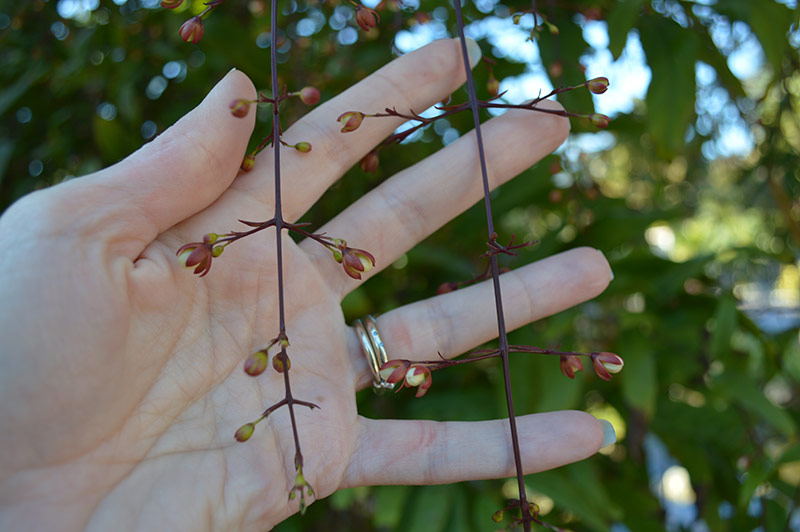
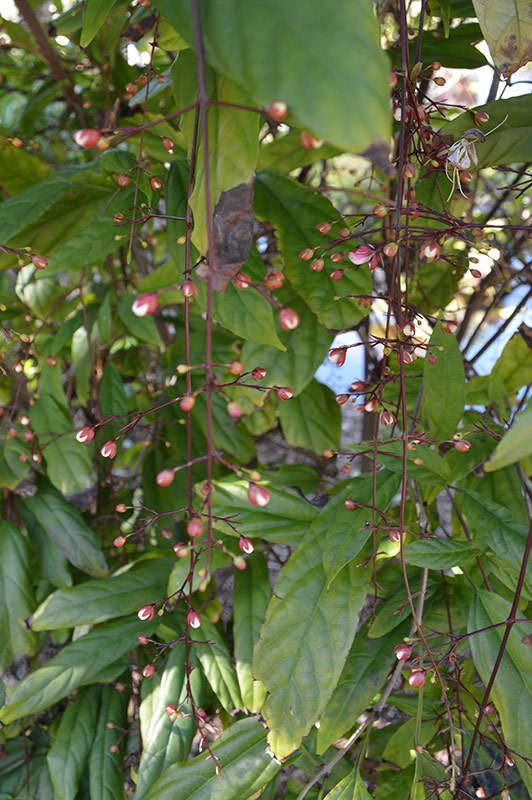
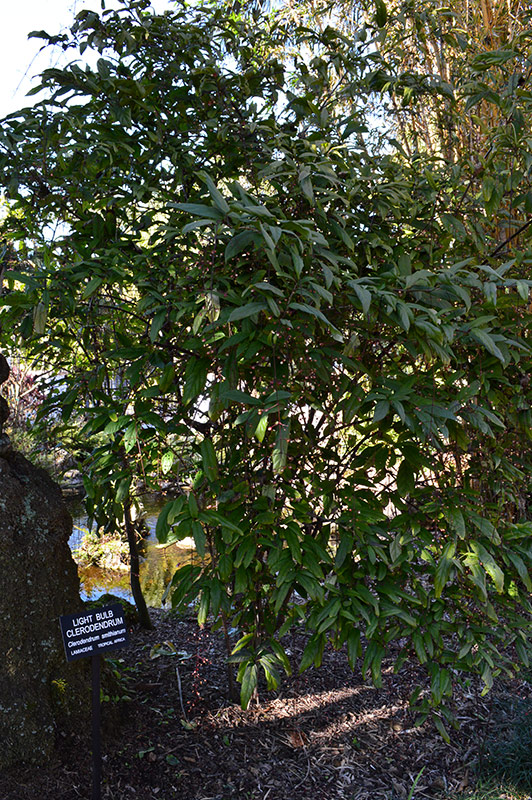
 Since 2014, excluding last year, I’ve been extremely fortunate enough to attend an annual get-together of garden bloggers from across the U.S. and from as far away as the UK and Spain. What started out as a modest gathering of gardeners in Austin during 2008, has grown into an amazing multiple day event known as the Garden Bloggers Fling. This year the Fling took place in the capital region, including all types of gardens from Maryland, Virginia, and of course Washington D.C.
Since 2014, excluding last year, I’ve been extremely fortunate enough to attend an annual get-together of garden bloggers from across the U.S. and from as far away as the UK and Spain. What started out as a modest gathering of gardeners in Austin during 2008, has grown into an amazing multiple day event known as the Garden Bloggers Fling. This year the Fling took place in the capital region, including all types of gardens from Maryland, Virginia, and of course Washington D.C.